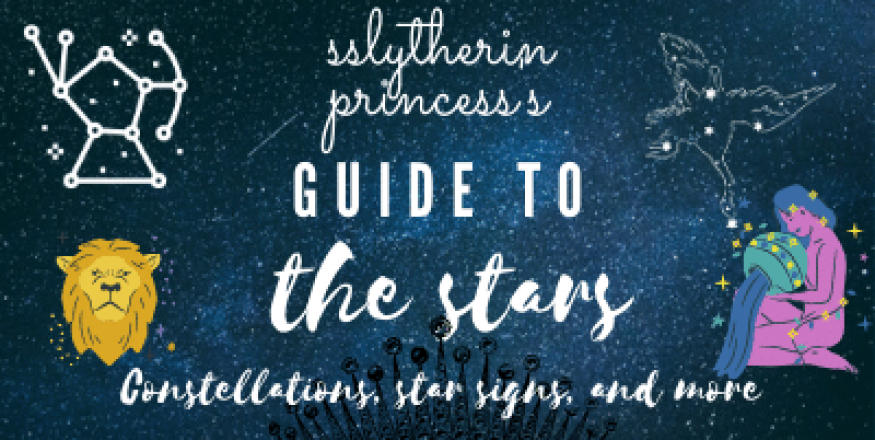OK, first things first. In this issue, I will cover the first 2 constellations out of 88: Andromeda and Antila. They will be covered in alphabetical order, starting with the A's. Let's get started!
Andromeda: In Greek mythology, Andromeda is the daughter of Cassiope and Cepheus. She was supposed to die by being eaten by a sea monster who was terrorizing her father's kingdom. Why, you ask? Her mother had offended the Nereids by boasting that Andromeda was more beautiful than they were. In revenge, they asked for a sea monster from the god of the sea, Poseidon, who agreed and gave them the monster. Since the gods would only be pleased when Andromeda was dead, she was chained to a boulder and left to be eaten by the monster. Perseus, son of Zeus and Danae, flew by on the flying horse, Pegasus. He immediately fell in love with Andromeda and asked Cepheus for her hand in marriage. He agreed, and Perseus flew back to Andromeda and slew the sea monster. At their wedding feast, Andromeda's uncle, to whom she was originally promised, got angry and tried to claim her. Perseus turned him to stone by Medusa's head. Andromeda had six sons and one daughter.
Antila: The name Antila comes from the Latin word meaning "pump." It is a cluster of stars located near the constellations of Hydra, Centaurus, Pyxis, Crater, and Vela. It's brightest star is Alpha Antliae. The star cluster was discovered in the mid-1800s by French astronomer Nicholas Louis de Lacaille. It is located in a rather remote and open section of the southern part of the sky and can be seen in the months of January through March.469Please respect copyright.PENANAwzPck9kYdI
I will be coming out with more of these soon, and I hope you enjoyed this and learned something from it!























